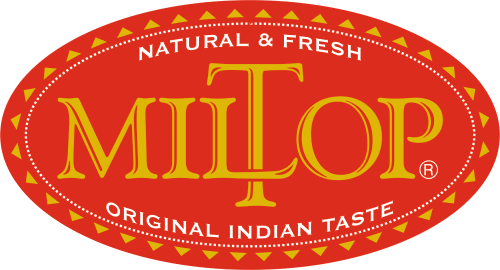Description
Thyme is widely cultivated for its strong flavor, which is due to its content of thymol.Thyme is best cultivated in a hot sunny location with well drained soil. It is generally planted in the spring and thereafter grows as a perennial. Thyme retains its flavor on drying better than many other herbs. Thyme is sold both fresh and dried. The fresh form is more flavorful but also less convenient; storage life is rarely more than a week. While summer-seasonal, fresh thyme is often available year-round. Fresh thyme is commonly sold in bunches of sprigs. A sprig is a single stem snipped from the plant.
Thyme oil is used in treatment of bronchitis. It has anti-spasmodic and carminative properties. It possesses anti-oxidant and anti-microbial properties.Thymol, an antiseptic, is the main active ingredient in Listerine mouthwash. Before the advent of modern antibiotics, it was used to medicate bandages. It has also been shown to be effective against the fungus that commonly infects toenails. A tea made by infusing the herb in water can be used for cough and bronchitis. Medicinally thyme is used for respiratory infections in the form of a tincture, tisane, salve, syrup or by steam inhalation. Because it is antiseptic, thyme boiled in water and cooled is very effective against inflammation of the throat when gargled 3 times a day. The inflammation will normally disappear in 2 – 5 days. The thymol and other volatile components in the leaf glands are excreted via the lungs, being highly lipid-soluble, where it reduces the viscosity of the mucus and exerts its antimicrobial action. Other infections and wounds can be dripped with thyme that has been boiled in water and cooled.
Thyme is used to season, tomato soups, fish and meat dishes, liver and pork sausages, headcheese, cottage and cream cheese. Thyme is a good source of iron and is widely used in cooking. Thyme is often used to flavour meats, soups and stews. It has a particular affinity to and is often used as a primary flavour with lamb, tomatoes and eggs.
Thyme, while flavorful, does not overpower and blends well with other herbs and spices. Depending on how it is used in a dish, the whole sprig may be used or the leaves removed and the stems discarded. Usually when a recipe specifies ‘bunch’ or ‘sprig’ it means the whole form; when it specifies spoons it means the leaves. It is perfectly acceptable to substitute dried for whole thyme.


